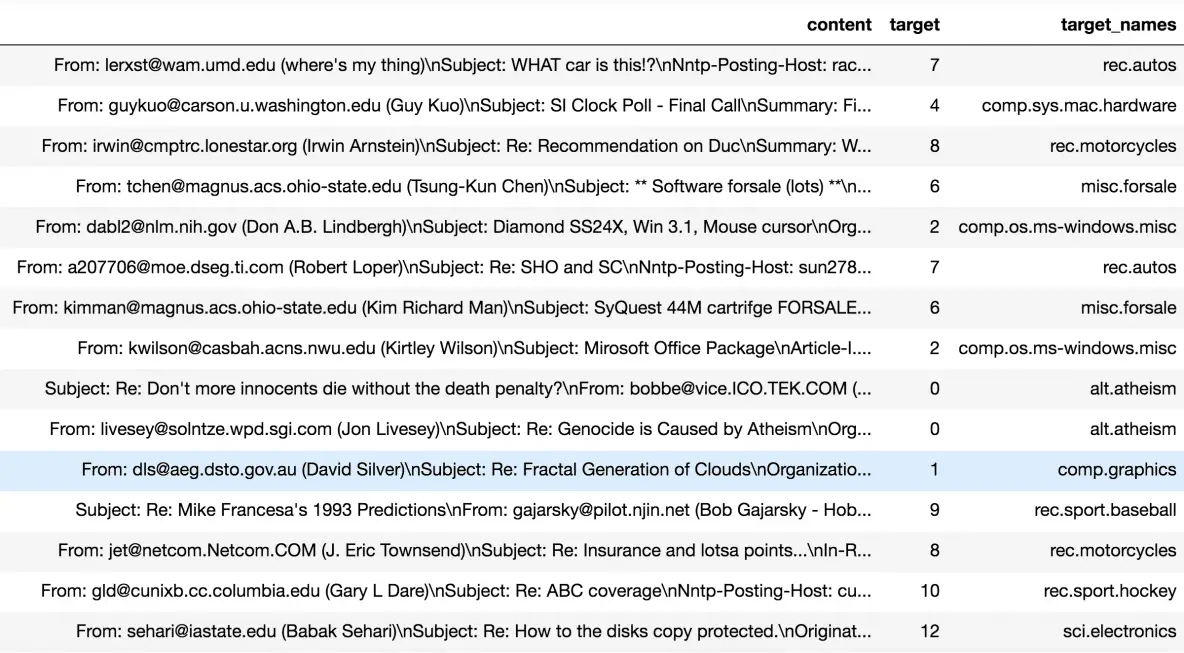

It is important to set the number of “passes” and Technical, but essentially it controls how often we repeat a particular loop Passes controls how often we train the model on the entire corpus.Īnother word for passes might be “epochs”.

Chunksize can however influence the quality of the model, asĭiscussed in Hoffman and co-authors, but the difference was not I’ve set chunksize = 2000, which is more than the amount of documents, so I process all theĭata in one go. Long as the chunk of documents easily fit into memory. Increasing chunksize will speed up training, at least as You could use a large number of topics, for example 100.Ĭhunksize controls how many documents are processed at a time in the You might not need to interpret all your topics, so That I could interpret and “label”, and because that turned out to give me I have used 10 topics here because I wanted to have a few topics Really no easy answer for this, it will depend on both your data and yourĪpplication.
Get plain text topics from gensim lda how to#
We will first discuss how to set some ofįirst of all, the elephant in the room: how many topics do I need? There is The frequency of each word, including the bigrams. 17:42:55,779 : INFO : resulting dictionary: Dictionaryįinally, we transform the documents to a vectorized form. 17:42:55,734 : INFO : keeping 8644 tokens which were in no less than 20 and no more than 870 (=50.0%) documents 17:42:37,426 : INFO : Phrases lifecycle event 17:42:37,368 : INFO : collected 1120198 token types (unigram + bigrams) from a corpus of 4629808 words and 1740 sentences 17:42:29,963 : INFO : PROGRESS: at sentence #0, processed 0 words and 0 word types 17:42:29,962 : INFO : collecting all words and their counts Will depend on your data and possibly your goal with the model. Your data, instead of just blindly applying my solution. I would also encourage you to consider each step when applying the model to Gensim tutorial: Topics and Transformations Introduction to Latent Dirichlet Allocation Understanding of the LDA model should suffice. Suggest you read up on that before continuing with this tutorial. If you are not familiar with the LDA model or how to use it in Gensim, I (Olavur Mortensen) Teach you all the parameters and options for Gensim’s LDA implementation Transform documents into bag-of-words vectors.Įxplain how Latent Dirichlet Allocation worksĮxplain how the LDA model performs inference The purpose of this tutorial is to demonstrate how to train and tune an LDA model. basicConfig ( format = ' %(asctime)s : %(levelname)s : %(message)s ', level = logging. (output from my_lda_model.Import logging logging. Test_vector_topics = my_lda_model.get_document_topics(test_vector)įor x in : Test_vector = transform_text( "I love squash as well!" ) Integer_tokens = my_dictionary.doc2bow(tokenized) #transform_text converts a document to tfidf bag of words using the same pairing as lda_model My_lda_model = ( 'lda_model.pickle' ) #LDA model trained on gutenberg corpus My_tfidf_transformer = models.TfidfModel( dictionary =my_dictionary) My_dictionary = ( 'compact_dictionary.pickle' ) #dictionary for corpus Logging.basicConfig( format = '%(asctime)s : %(levelname)s : %(message)s', level =logging.INFO) Import as gsdictįrom gensim import corpora, models, similarities


 0 kommentar(er)
0 kommentar(er)
